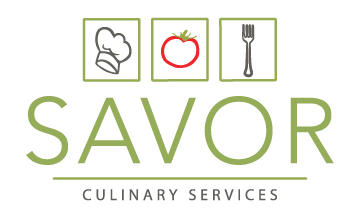Christie Brinkley at age 63 recently graced the cover of Sports Illustrated Magazine and it’s as if she hasn’t aged a bit! What is this former supermodel’s secret to staying in amazing shape decades after her modeling career? She credits it partially to her vegetarian diet. Since she was 13 years old, she didn’t like the idea of eating meat that was pumped with hormones and what that could do to her body. Years later she is still a vegetarian and will eat things like raw oatmeal with fruit and yogurt for breakfast, a huge green salad for lunch with some avocado and something involving pasta for dinner since she is a big Italian food lover.
What I admire about her, is that she gives no heed to fad diets. She simply believes in eating a healthy, balanced diet that has a variety of colors. She tries to incorporate as many dark leafy greens, orange, red, purple and blue fruits and vegetables to provide her with essential minerals and vitamins. We couldn’t agree more with her rainbow eating habits! Why is color so important in your diet? Colorful fruits and vegetables contain phytochemicals which occur naturally in plants. They act as antioxidants, help protect and regenerate essential nutrients and even work to deactivate cancer-causing substances, according to the Produce for Better Health Foundation (PBH).
The more colorful your diet, the more you are ensuring that you get a greater variety of vitamins and minerals and disease-preventing nutrients. What do the different colors of our food indicate however? David Heber, MD, PhD wrote a book called “What Color is Your Diet?” in which he grouped plant foods into different color categories including and what each of them mean:
Blue/Purple – Fruits and vegetables with a blue or purple hue contain anthocyanin which are antioxidants that are particularly good for your heart and promote healthy blood pressure. Eggplant, blueberries, prunes and pomegranates are examples of this hue.
Green – Chlorophyll is what gives green vegetables their pigment. Vegetables with this hue are rich in isothiocyanates which create enzymes in the liver that help remove potentially carcinogenic compounds in the body. That is why vegetables like broccoli and cabbage are known for their anticancer properties.
Yellow/Green – This is a variation of the green category and includes fruits and vegetables like avocados, kiwis, spinach, leafy greens and even pistachios. These yellow-colored vegetables/plant foods are rich in lutein which is a substance that is great for your eyes, particularly for preventing macular degeneration. These foods are also typically high in Vitamin C.
Red – Lycopene is found in red-colored fruits and vegetables and is a powerful antioxidant that protects against heart attacks and reduces the risk of some cancers, particular prostate cancer. Examples are tomatoes, watermelon, cranberries, and grapefruit.
Yellow/Orange – Foods such as carrots, pumpkins, apricots winter squash and sweet potatoes are examples of fruits and vegetables that have the yellow/orange hue and are rich in beta-carotene which is another antioxidant that converts into Vitamin A in the body that is important for a healthy immune system and skin and bone health.
An interesting thing to note is that Kathy Hoy, a registered dietician and a researcher for the PBH, says that you don’t necessarily have to eat these fruits and vegetables raw to get the full nutrients. In fact, she says that cooking them can typically further help your body absorb the nutrients from colorful produce.
I’d say it’s pretty safe to assume that Christie Brinkley has a healthy diet figured out. You really can’t go wrong the more color you add.
Do you need help eating a more balanced diet filled with color? We can help make meals that fit your dietary needs and preference. Fill out our Food Questionnaire to get started today!
